by Tushar Bharambe, Assistant Vice President and Sector Head – Corporate Ratings, ICRA Limited
The growth prospects is promising, buoyed by ongoing demand for warehouse in Tier II and Tier III cities and considerable investment from global operators and institutional investors
The Indian warehousing sector has witnessed a significant expansion in recent years, with supply growing at a healthy CAGR of 17 percent between FY2019 and FY2023. The foundation for this was laid in 2017-18 through the implementation of the Goods and Service Tax (GST), which paved the way for formalisation of the warehousing sector, followed by the grant of infrastructure status to the logistics sector, including warehousing in the same year, which provided a further boost through the availability of low cost and longer tenure funds. Additionally, the rapid expansion of new-age sectors like e-commerce and retail, the growing needs of the massive consumption market, and the Government’s focus on manufacturing resulted in a steep uptick in warehousing demand.
Historically, eight major metropolitan cities (Tier I) of Mumbai, NCR, Pune, Chennai, Bengaluru, Kolkata, Hyderabad, and Ahmedabad have been the focal points for logistics and warehousing activities. The total warehousing supply in these eight primary markets1 is estimated to be around 383 million sq ft (msf) as of March 2024 and is likely to expand further by 15 percent to 438 msf as of March 2025.This expansion is mainly driven by healthy consumption-led demand from the e-commerce and retail sectors. Moreover, there is a growing preference by warehouse occupiers for Grade A, ESG-compliant warehouses with modern storage solutions, which further supports the demand. ICRA estimates the supply of Grade A warehouses, which was ~166 msf as of March 2023, to grow at a CAGR of 16 percent to 226 msf by March 2025.
Notwithstanding the favourable growth prospects, the steep increase in land prices and construction cost poses significant challenges for warehousing developers as a commensurate increase in rental rates would be constrained by the highly competitive nature of the industry. The land prices in Tier-1 cities surged to Rs 2-2.5 crore/acre in recent years. Consequently, Tier-II and Tier-III cities, with land costs ranging between Rs 1-1.5 crore/acre, are emerging as more cost-effective destinations for new Grade A warehousing development and also as sourcing hubs, aiding efficient distribution. As per ICRA estimates, the equity IRR expectation of a minimum of 15 percent can be met at rentals of Rs 22 per sq ft per month and above when the land cost ranges between Rs 1-1.5 crore/acre. An increase in land cost beyond Rs 2.5 crore per acre would require rentals upwards of Rs 26 per sq ft per month to achieve the equity IRR of 15%.
Cities like Jaipur, Lucknow, Coimbatore, Hosur, Ghaziabad, Guwahati, Patna, Nagpur, Bhubaneshwar, Goa, etc, are witnessing increasing warehousing investments, given their strategic location, lower land prices, and road and railway accessibility. Most of these emerging Tier-II and Tier-III warehousing clusters are aligned with the industrial and freight corridors being developed in the country and offer good connectivity to major cities in the region.
Third party logistics (3PL) and e-commerce sectors have emerged as the most prominent drivers of Indian warehousing market volumes over the last three years. The consumption-driven demand, supported by the rapid growth of e-commerce, has moved beyond Tier-1 markets and is evident in Tier-II and Tier-III cities as well. While e-commerce held a dominant share in the warehousing demand during the pandemic, there is a visible shift in demand in favour of the manufacturing companies, triggered by the Government’s ‘Make-in-India’ initiative. The incentives offered by the Central and the state governments under the Production-Linked Incentive (PLI) schemes have prompted companies to localise their operations with efficient supply chains, supporting the warehousing demand in Tier-II and III cities.


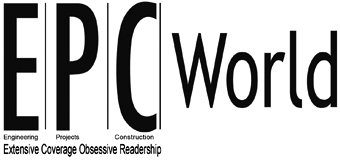


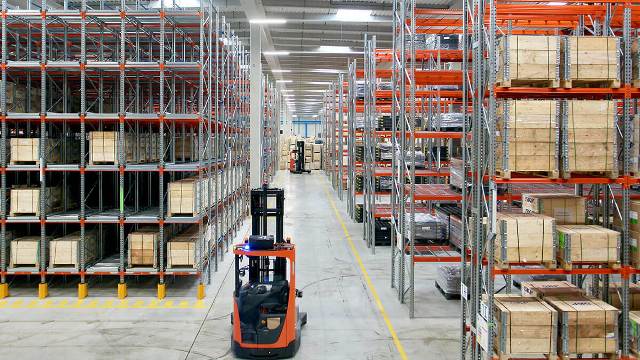


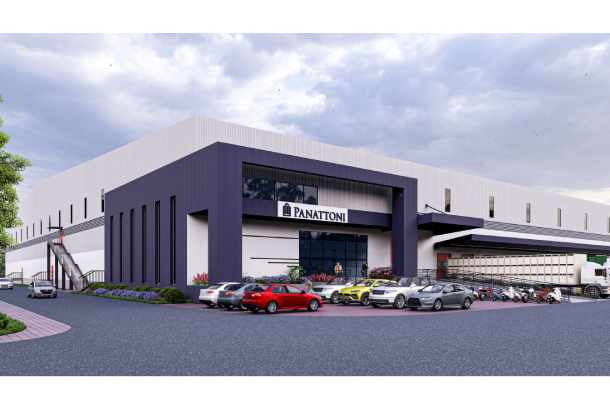
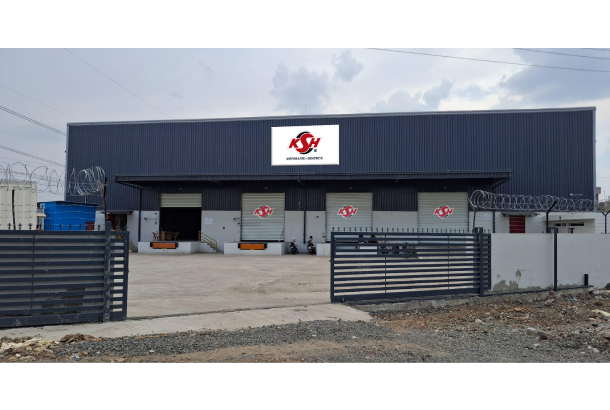
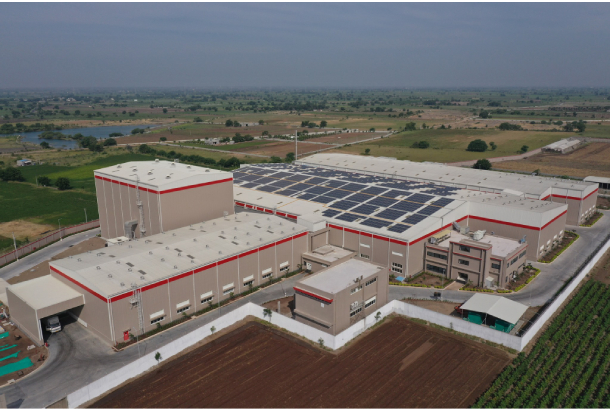




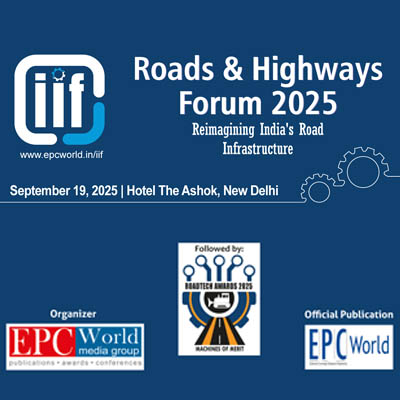

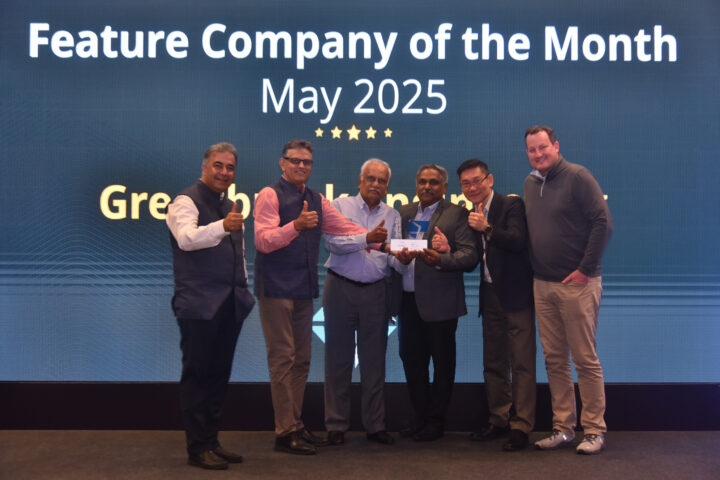
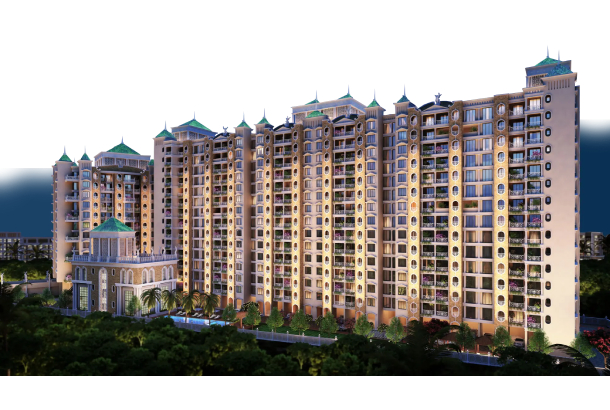
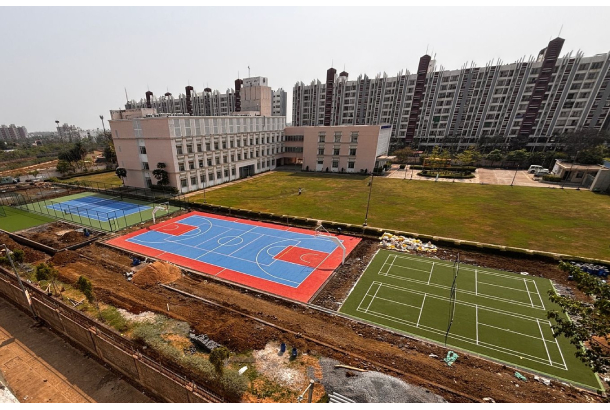
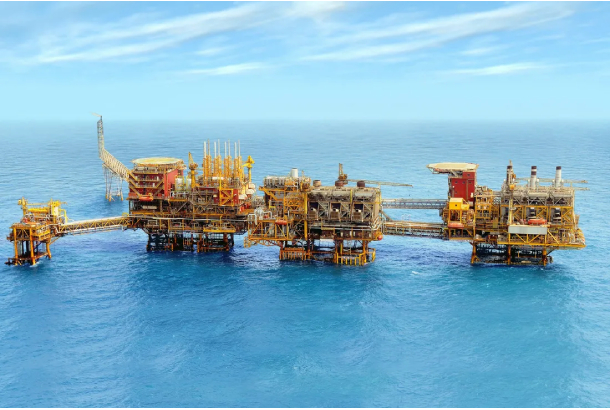
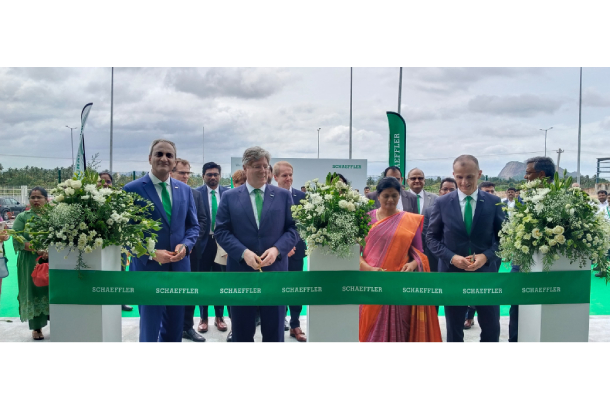
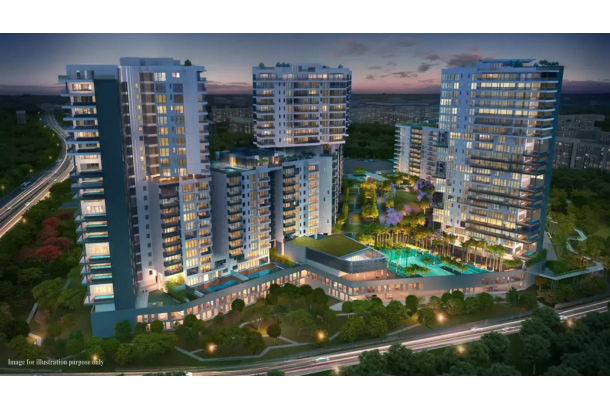
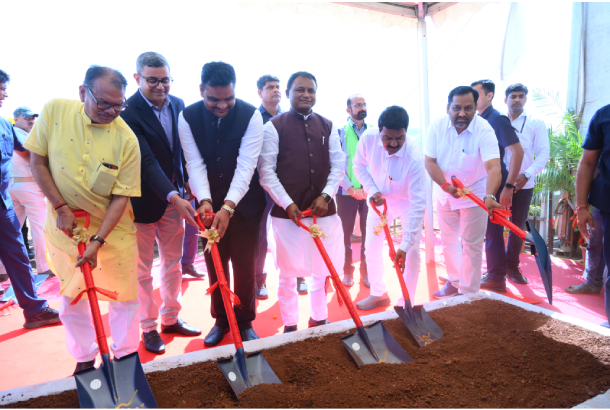
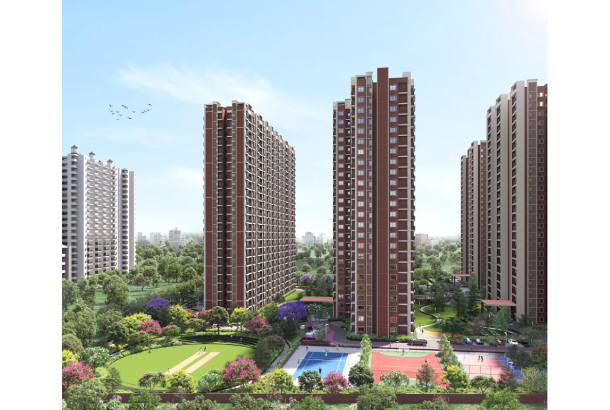

Follow